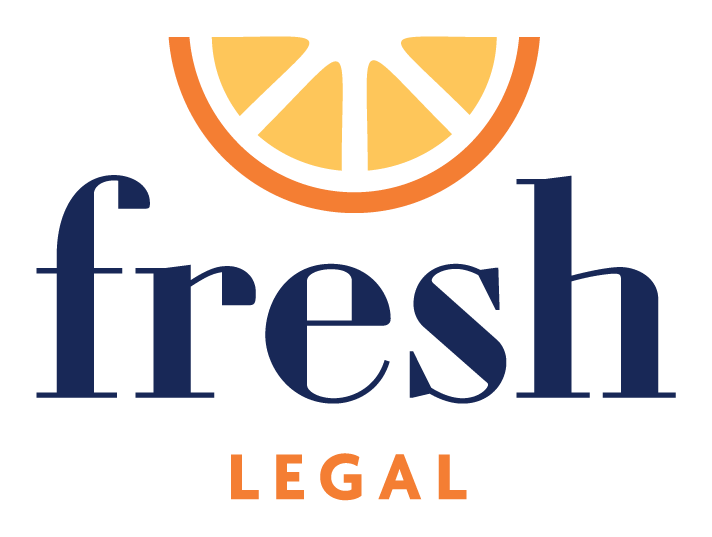Parenthood and Reproductive Technology
The law can be slow to keep up with changing social circumstances and scientific advancements. An example of this can be seen with families and the use of Assisted Reproductive Technology (ART), which disproportionately affects the queer community.
The Children’s Law Reform Act (CLRA), Vital Statistics Act, and Child, Youth, and Family Services Act (CYFSA) govern parentage, adoption, and parenting, including decision-making and parenting time after separation. Historically, children could have only one mother and one father, and both unmarried spouses and children born outside of marriage were treated differently. Over time, legislation has evolved to address changes in relationships, family structures and the conception of children, but gaps remain.
Adoption and Same Sex Couples
Prior to 1995, joint applications for adoption could only be done by spouses. The word “spouses” was defined as persons of opposite sex, which did not allow same-sex couples to make joint adoption applications (although a single person could adopt regardless of sexual orientation). In 1995, four lesbian couples filed joint applications to declare that the adoption provisions of the Child and Family Services Act (as it then was) were unconstitutional (K., Re). Following this decision, same-sex couples could jointly apply to adopt a child, but this progressive decision still left gaps in the CLRA.
Addressing Non-Biological Parents
The gaps in the CLRA meant that parents who had children through assisted reproduction had to adopt their child after it was born or seek a declaration of parentage in order for one or both of the parents to be a legal parent. This left a gap in decision-making and rights following a birth as the “intended parent(s)” had to go through a legal process to become legal parents. This treated such parents differently than parents who conceived their child through intercourse.
In the case of A. A. v B. B., A.A. was applying for a declaration of parentage for her child, D.D. She and the child’s biological mother, C.C., had been in a stable same-sex union for nine years when they created their family with the help of the child’s biological father, B.B. In 2003, the trial court found that it did not have jurisdiction to declare A.A. to be the second mother to the child. This decision was appealed to the Ontario Court of Appeal. The court allowed the appeal. It recognized a legislative gap from the advancement of reproductive technology and declared both mothers to be the child’s legal parent.
The All Families Are Equal Act
The introduction of the All Families Are Equal Act in 2017 simplified the Rules of Parentage and addressed some gaps in the law. It makes it so that a child can have up to four parents upon birth without the need for a court application if certain conditions are met (including written pre-conception agreements and conception by a means other than intercourse).
These amendments still left gaps due to unanticipated issues in some family structures and the need for written pre-conception agreements. In the case of ML v JC, there was an oral agreement between the applicant, Mark, and respondents, Jane and Samantha (who were spouses). The respondents used the applicant’s sperm to have a child. As Jane was the parent who gave birth, she was a parent, and Samantha, as her spouse, was also a parent. However, the legislation did not recognize Mark although he had provided reproductive material with the intent to be a parent, and had in fact been a loving parent for a year. The court then declared Mark to also be a legal parent.
There’s more than one way to make a family.
Legal advice can provide parties with a greater understanding of the potential outcomes of their decisions. Creating and assisting families can be a rewarding and stressful experience. As reproductive technology improves, and social and political conditions continue to progress, laws and rules will constantly change over time. Amendments in the law have provided for some changes in families and how they are made, but gaps continue to exist, and specific conditions must be met prior to conception. At Fresh Legal, our lawyers stay on top of these changes and can assist families who want to build their families and have questions about the steps they should take.
Fresh Legal wishes to acknowledge our intern, Stephanie Abuan, for her work researching and writing this article.

